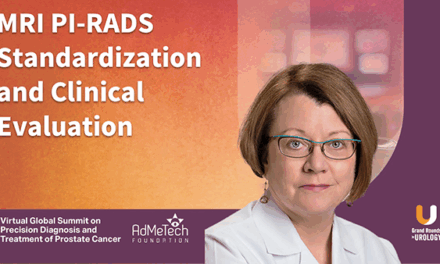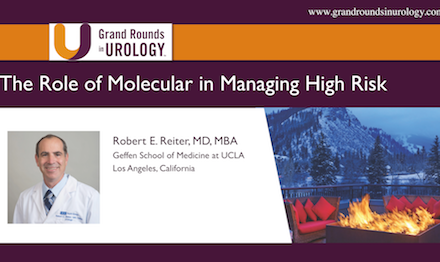Preston C. Sprenkle, MD, presented “OPTIMUM Trial – Current and Emerging Evidence Supporting 29MHz High- Precision, Real-Time Micro-Ultrasound” during the 6th Global Summit on Precision Diagnosis and Treatment of Prostate Cancer on September 22, 2022.
How to cite: Sprenkle, Preston C. “OPTIMUM Trial – Current and Emerging Evidence Supporting 29MHz High- Precision, Real-Time Micro-Ultrasound.” September 22, 2022. Accessed Jan 2026. https://grandroundsinurology.com/optimum-trial-current-and-emerging-evidence-supporting-29mhz-high-precision-real-time-micro-ultrasound/
OPTIMUM Trial – Current and Emerging Evidence Supporting 29MHz High- Precision, Real-Time Micro-Ultrasound
– Summary#
In this presentation, supported by Exact Imaging, Preston C. Sprenkle, MD, Associate Professor of Urology at the Yale University School of Medicine, discusses the Optimization of prostate biopsy – Micro-Ultrasound versus MRI (OPTIMUM) trial and current and emerging evidence supporting 29MHz high-precision, real-time, micro-ultrasound in this talk sponsored by Exact Imaging. Dr. Sprenkle begins by defining micro-ultrasound, which operates at 29 MHz and results in a 300 percent improvement in resolution. It visualizes suspicious areas in real time. The procedure is consistent with traditional transrectal ultrasound (TRUS) setup and technique. He reviews the evolution of prostate biopsy and compares conventional ultrasound, 29MHz micro-ultrasound, and multiparametric magnetic resonance imaging (mpMRI), illustrating the differences with an example whereby a GG3 prostate cancer was only identified through micro-ultrasound. Dr. Sprenkle explains that micro-ultrasound images are interpreted using a standard, five-point risk scale called the Prostate Risk Identification using Micro-ultrasound (PRI-MUS) scale, which recent data indicate is relatively easy to learn. Current evidence shows that micro-ultrasound provides comparable detection rates to mpMRI, and this was reflected in the most recent National Comprehensive Cancer Network (NCCN) Guidelines (Version 1.2022) on Prostate Cancer Early Detection. Dr. Sprenkle summarizes the Yale University School of Medicine’s experience with micro-ultrasound and MRI fusion biopsy before posing what he calls a “third path,” whereby MRI and micro-ultrasound may be used in conjunction. He concludes with a deep-dive inti the OPTIMUM trial, a randomized, controlled trial that is looking at micro-ultrasound alone, MRI-fusion alone, and micro-ultrasound combined with MRI fusion.
The Global Summit on Precision Diagnosis and Treatment of Prostate Cancer is a unique multi-disciplinary forum organized to inform the key health care stakeholders about the emerging advances in clinical case and research and create a consensus-based vision for the future of precision care and educational and research strategy for its realization. The mission of the Summit is to fill the currently existing gap between the key experts of in vivo imaging, the world authorities in the in vitro fluid- and tissue-based molecular diagnostics, including genomics, and thought leaders in the development of novel observation strategies (e.g., active surveillance, or AS) and therapeutic interventions.
ABOUT THE AUTHOR
Preston C. Sprenkle, MD, is an Associate Professor of Urology at Yale University School of Medicine in New Haven, Connecticut. He also serves as Director of the Urology Research Fellowship and Urologic Oncology Clinical Fellowship Program at Yale, and as Division Chief of Urology in the VA Connecticut Healthcare System. Dr. Sprenkle has dedicated his career to using the latest imaging technologies to improve diagnosis. He was one of the first physicians nationwide to implement the use of the Artemis Device, and he is also a pioneer in focal therapy. In his practice, Dr. Sprenkle believes in working with patients to come up with individualized treatment plans to minimize the impact of prostate cancer diagnosis and treatment on their health and quality of life. His research focuses on biomarkers for prostate and kidney cancer, including the biomarker NGAL for acute kidney injury in surgical patients.




